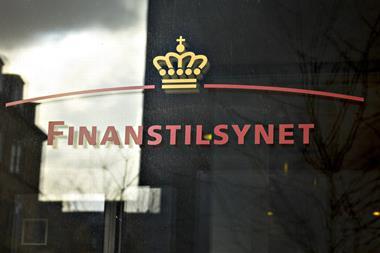PensionsEurope has responded to Norwegian plans to introduce solvency capital requirements for pension funds to reiterate warnings on the detrimental effect of such requirements and again point to IORP II statements against the further development of solvency models for pension funds.
Commenting on Norwegian government plans to introduce a simplified Solvency II requirement for pension funds in January 2018, the umbrella association for national workplace pension bodies warned against solvency capital requirements for pension funds – be they at national or EU level – as they would have significant negative consequences.
Matti Leppälä, secretary general and chief executive at PensionsEurope, said they did not provide any additional security for members or beneficiaries and instead significantly increased costs and constrained pension funds’ ability to invest for the long term and thereby support economic growth in Europe.
In a seemingly pointed reference to the European Insurance and Occupational Pensions Authority (EIOPA), he noted that the supervisor itself acknowledged that solvency capital requirements affected pension funds, sponsors and members.
The European pensions industry believes EIOPA is on a mission to bring about solvency requirements for pension funds, to which it strongly objects.
PensionsEurope and other associations have raised concerns about these being introduced by “the back door”, despite the new IORP Directive’s not containing any new solvency capital requirements, as well as statements – strong ones, in PensionsEurope’s view – against these being developed in future.
PensionsEurope pointed to these statements in its reaction to Norway’s plans.
“For the same reasons also at national level, now in Norway, introducing Solvency II-type capital burdens on pension funds should be avoided,” Leppälä said.
MEPs are due to vote on the revised IORP Directive in November.



























No comments yet